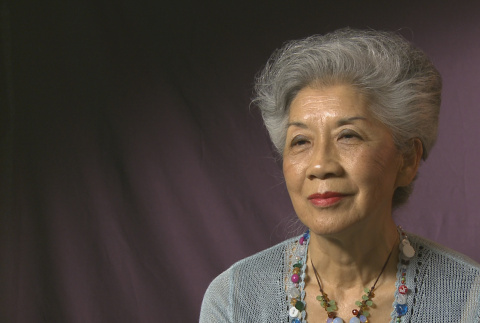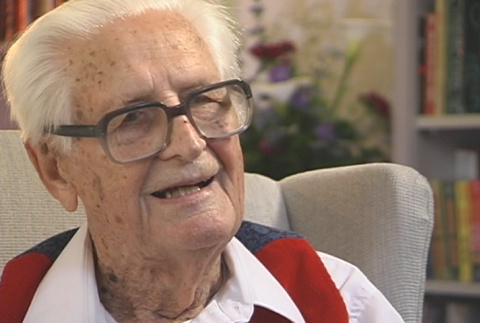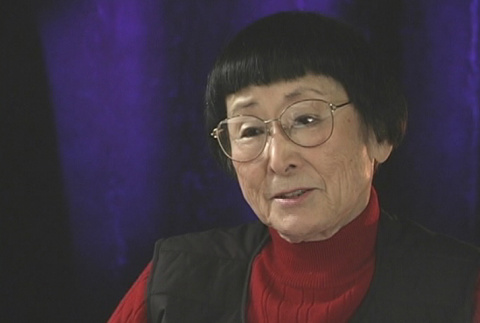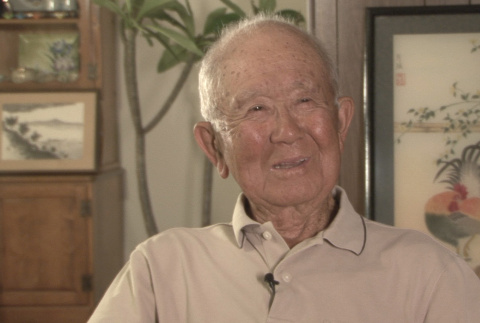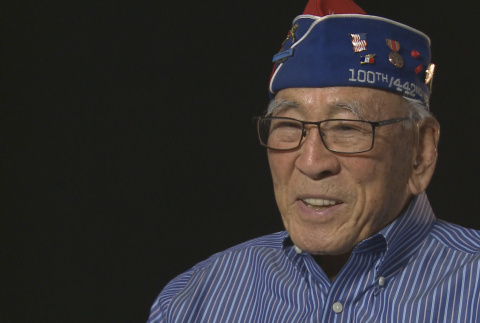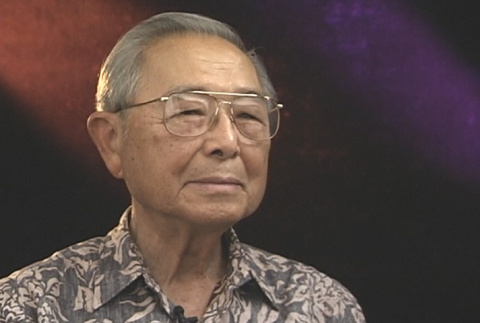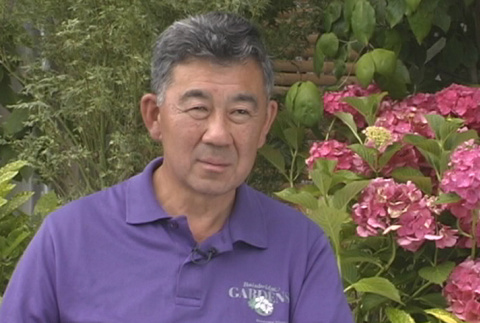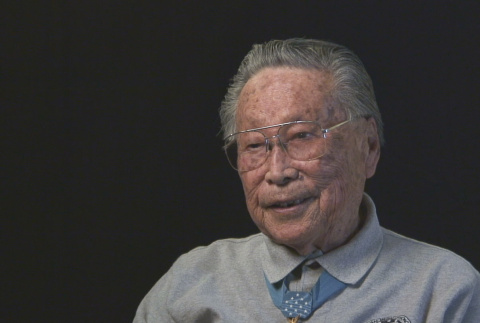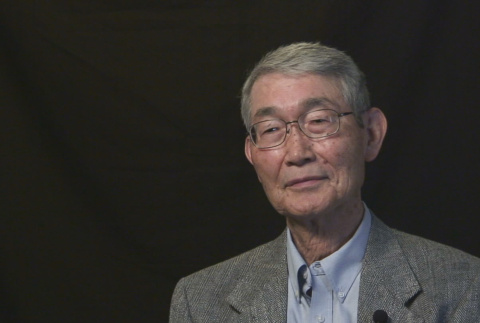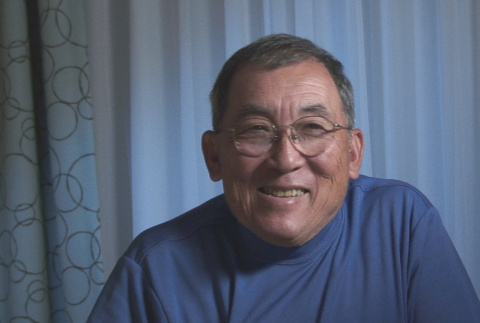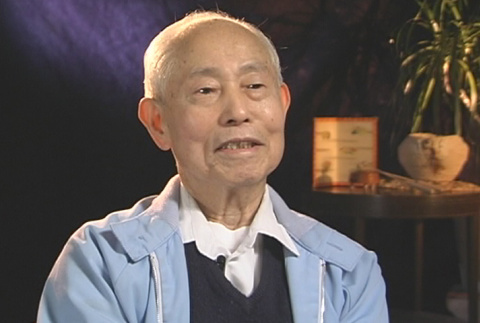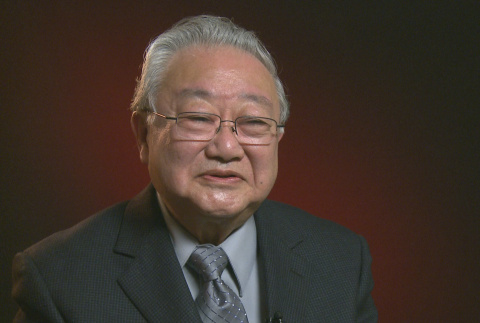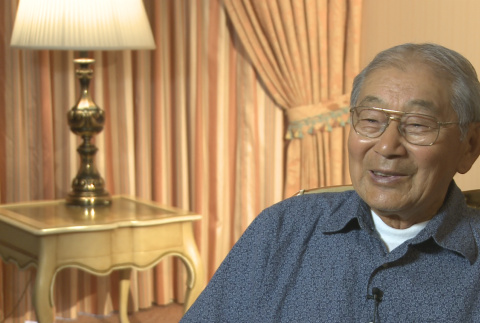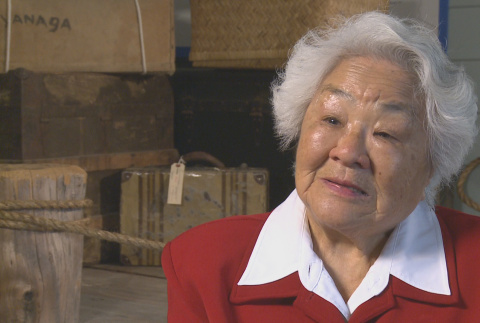"Voluntary evacuation"
For a three-week period during World War II, after Japanese Americans had been excluded from the West Coast but before plans for concentration camps had been finalized, a period of "voluntary evacuation" took place. Government officials hoped that the Japanese Americans barred from keeping their homes on the West Coast would make arrangements to move inland on their own, saving valuable military resources. However, state government officials and residents of neighboring states reacted with outrage that Japanese Americans were being encouraged to move there. Most Japanese Americans feared moving into such hostile territory where they would know no one. Further, few Japanese Americans had the resources to move their families to a new place. In total, 4,889 Japanese Americans left the West Coast "voluntarily" and moved to the interior of the U.S. during that period.
World War II
(231)
Non-incarcerated Japanese Americans
(17)
"Voluntary evacuation"
(56)
Related articles from the
Densho Encyclopedia :
Voluntary evacuation
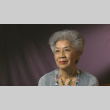

In this interview Mr. Schmoe refers to Aki Kurose, a former employee, fellow Quaker, peace activist, and long-time friend. At the time of this interview, Ms. Kurose had recently passed away after a long struggle with cancer. At the time of this interview, …

In this interview Mr. Schmoe refers to Aki Kurose, a former employee, fellow Quaker, peace activist, and long-time friend. At the time of this interview, Ms. Kurose had recently passed away after a long struggle with cancer. At the time …
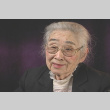
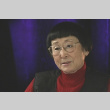

This material is based upon work assisted by a grant from the Department of the Interior, National Park Service. Any opinions, finding, and conclusions or recommendations expressed in this material are those of the author(s) and do not necessarily reflect the views of the Department of the …

This material is based upon work assisted by a grant from the Department of the Interior, National Park Service. Any opinions, finding, and conclusions or recommendations expressed in this material are those of the author(s) and do not necessarily reflect the views of the Department of the Interior.
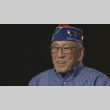
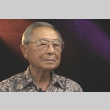
This interview was conducted at the Voices of Japanese American Redress Conference, held on the UCLA campus and sponsored by the UCLA Asian American Studies Center and the UCLA School of Public Policy and Social Research. Because of the full conference schedule, our interviews were limited to one hour. The …
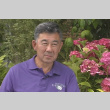
This interview was done outdoors in the Bainbridge Gardens Nursery which resulted in increased background noise and frequent interruptions by the business P.A. system.

This interview was done outdoors in the Bainbridge Gardens Nursery which resulted in increased background noise and frequent interruptions by the business P.A. system.

This interview was done outdoors in the Bainbridge Gardens Nursery which resulted in increased background noise and frequent interruptions by the business P.A. system.

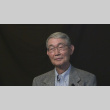
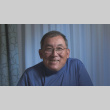
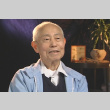
Members of the National Japanese American Historical Society (NJAHS) arranged for and conducted this interview in conjunction with Densho.





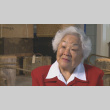

This interview was conducted by the Japanese American Museum of San Jose, and is part of a project entitled "Lasting Stories: The Resettlement of San Jose Japantown," a collaborative project between the Japanese American Museum of San Jose and Densho.

This material is based upon work assisted by a grant from the Department of the Interior, National Park Service. Any opinions, finding, and conclusions or recommendations expressed in this material are those of the author(s) and do not necessarily reflect the views of the Department of the Interior.
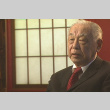
This interview was conducted by sisters Emiko and Chizuko Omori for their 1999 documentary, Rabbit in the Moon, about the Japanese American resisters of conscience in the World War II incarceration camps. As a result, the interviews in this collection are typically not life histories, instead primarily …
